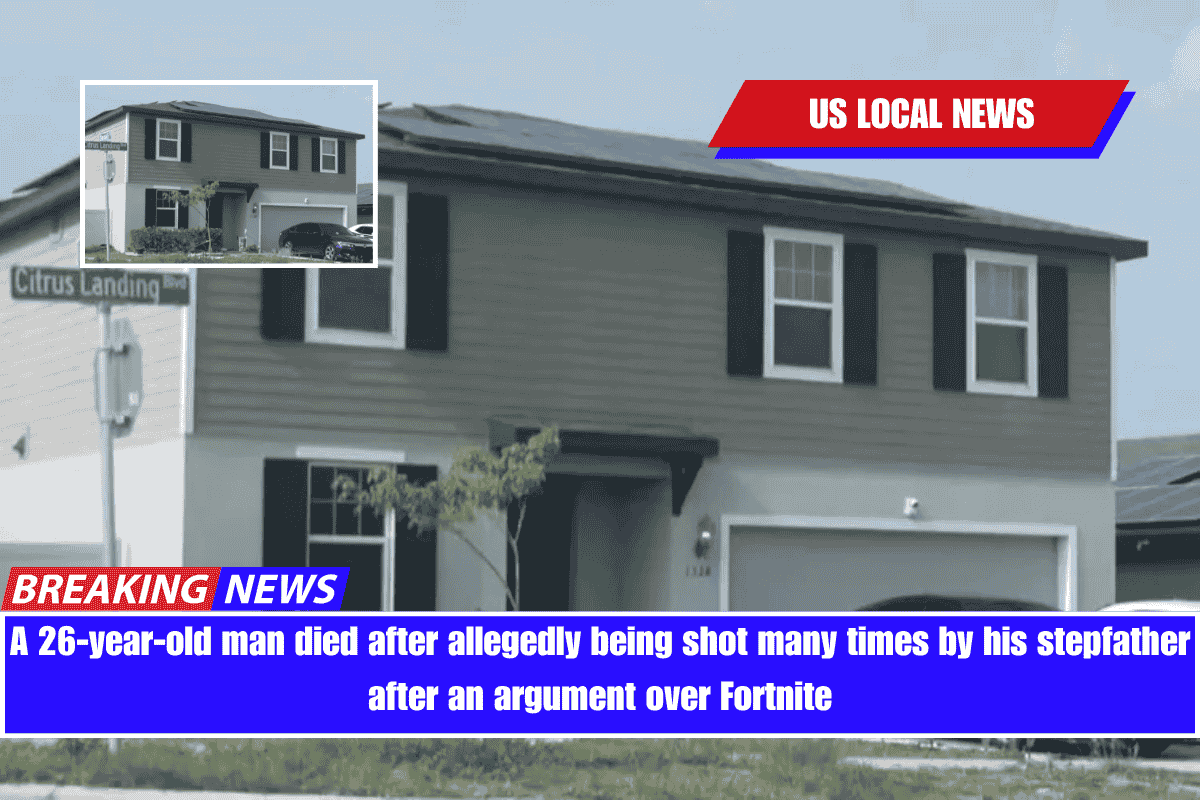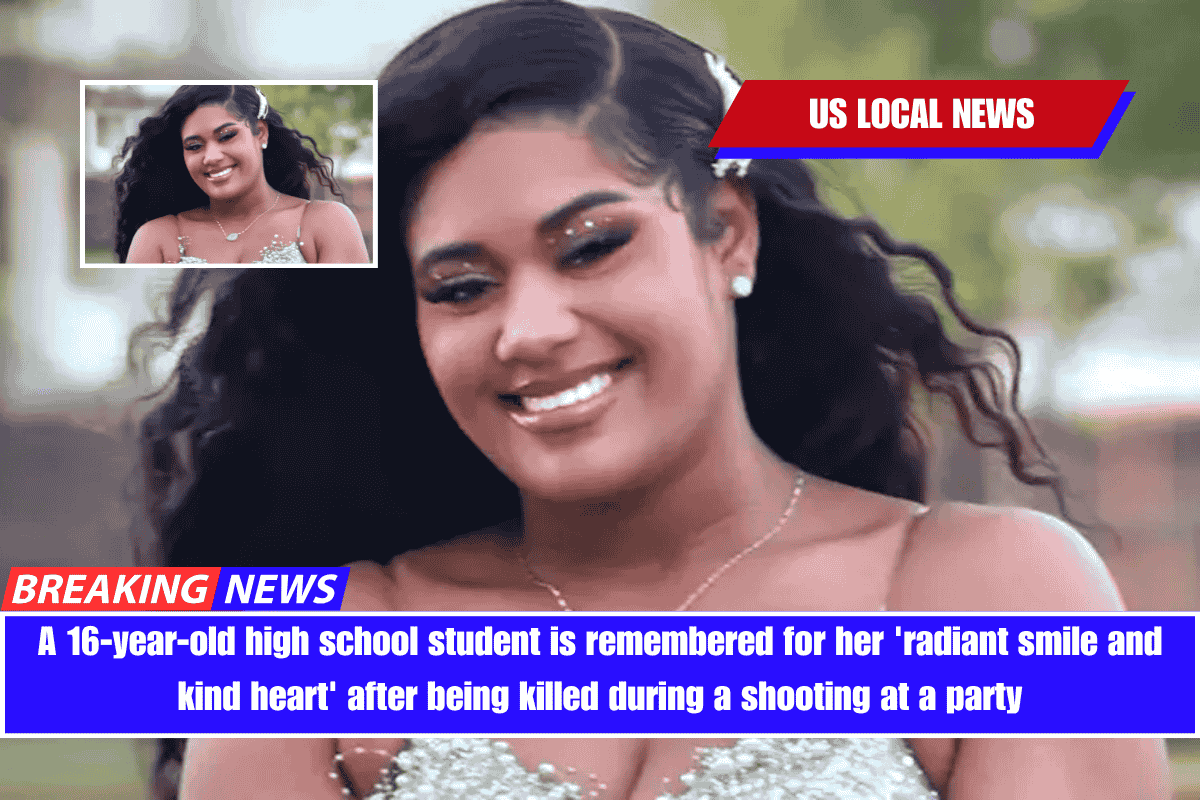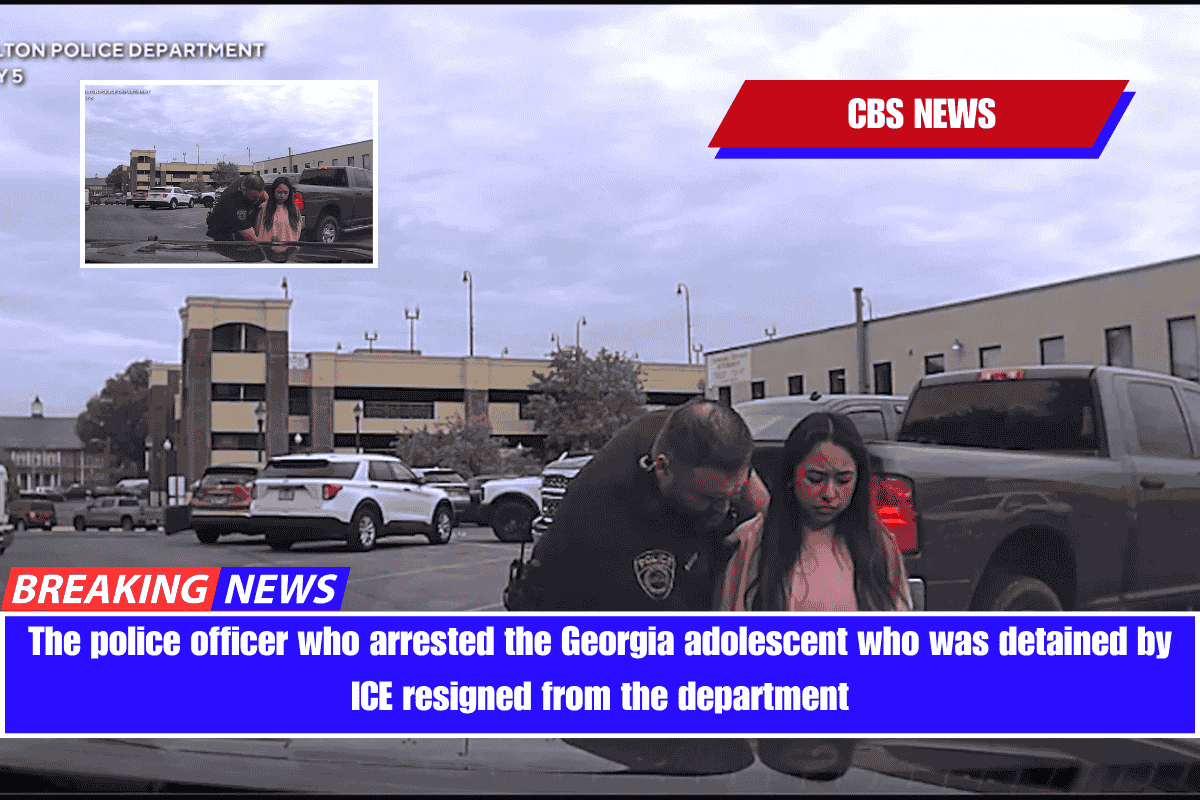Louisiana used nitrogen gas to execute Jessie Hoffman Jr., 46, on Tuesday evening, the state’s first execution in 15 years. Nitrogen gas has only been used to execute a person four times in the United States, all of which occurred in Alabama, the only other state having a procedure for the technique.
“It is unfortunate that bad people exist, and they do real bad things. When these acts of violence happen, society must not tolerate it,” Louisiana Gov. Jeff Landry said in a statement following the execution, adding, “If you commit heinous acts of violence in this State, it will cost you your life. Plain and simple.
Hoffman declined to give a final statement before the gas began flowing and he subsequently was pronounced dead at 6:50 p.m. at the Louisiana State Penitentiary. Authorities said the nitrogen gas flowed for 19 minutes during what one official called a “flawless” execution, although one witness spoke of the inmate convulsing during the process.
Hoffman’s attorneys had sought to halt the execution, saying in a series of court filings leading up to his death the method is unconstitutional, violating the Eighth Amendment’s prohibition on cruel and unusual punishment. They also said it infringes on Hoffman’s freedom to practice religion, specifically his Buddhist breathing and meditation in the moments leading up to his death.
Louisiana authorities claim that the process is painless and that it is past time for the state to deliver on its promise of justice to victims’ families after a decade and a half. Attorney General Liz Murrill anticipates at least four prisoners on Louisiana’s death row will be executed this year.
On Monday, Hoffman’s lawyers filed a flurry of new challenges in state and federal courts in a last-ditch bid to halt the execution. At a hearing Tuesday morning, 19th Judicial District Court Judge Richard “Chip” Moore reviewed one of the objections, which concerned whether Hoffman’s religious freedom was infringed by the scheduled execution under the Preservation of Religious Freedom Act. However, the state court in Baton Rouge finally rejected to block the imminent treatment, according to CBS News station WAFB.
The judge on Monday had issued a temporary restraining order — preventing the state from executing Hoffman — pending the Tuesday morning hearing. The restraining order was to expire at 9:30 a.m., with the execution scheduled to take place hours later on Tuesday evening.
After court battles earlier this month, a federal judge temporarily halted Hoffman’s execution by nitrogen gas last week, issuing a preliminary injunction to stop the state from immediately carrying out his death sentence. An appeals court quickly reversed that injunction, and in the wake of Tuesday’s hearing, Hoffman’s attorneys had just one final appeal out to the United States Supreme Court to halt the execution.
The U.S. Supreme Court rejected that effort on Tuesday, declining to intervene by a 5-4 vote, The Associated Press reported.
Hoffman was convicted of the 1996 murder of Mary “Molly” Elliott, a 28-year-old advertising executive, in New Orleans
The Louisiana procedure, which is essentially similar to Alabama’s, said that Hoffman would be strapped to a trolley before being equipped with a full-face respirator mask. Pure nitrogen gas was then forced into the mask, forcing him to breathe it in while depriving him of the oxygen required for biological processes.
The procedure specified that the gas be delivered for at least 15 minutes or five minutes after the inmate’s heart rate reached a flatline on the EKG, whichever was longer.
Each convict executed with nitrogen in Alabama seemed to tremble and gasp to varied degrees, according to media witnesses, including an Associated Press writer. Alabama state authorities said that the responses were involuntary motions caused by oxygen deprivation. State authorities have described the responses as involuntary motions caused by oxygen deprivation.
According to Death Penalty Information Center data, four states now approve nitrogen hypoxia executions: Alabama, Louisiana, Mississippi, and Oklahoma.
Alabama used the fatal gas to kill Kenneth Eugene Smith last year, making it the first time a new technique has been employed in the United States since lethal injection was adopted in 1982.
In an attempt to recommence executions, Louisiana’s Republican-controlled Legislature increased the state’s authorized death sentence techniques last year to include nitrogen hypoxia and electrocution. Lethal injections were already in place.
On Tuesday afternoon, a tiny group of execution opponents staged a vigil outside Angola, a remote southeast Louisiana jail where the state’s executions take place. Some distributed prayer cards with photographs of a smiling Hoffman and organized a Buddhist reading and “Meditation for Peace.”
In recent decades, the frequency of executions has dropped dramatically due to legal challenges, a scarcity of lethal injection medications, and dwindling popular support for death punishment. As a result, the majority of governments have either abolished or paused the practice of capital punishment.
Hoffman was the eighth person executed in the United States in 2025.


















Leave a Reply